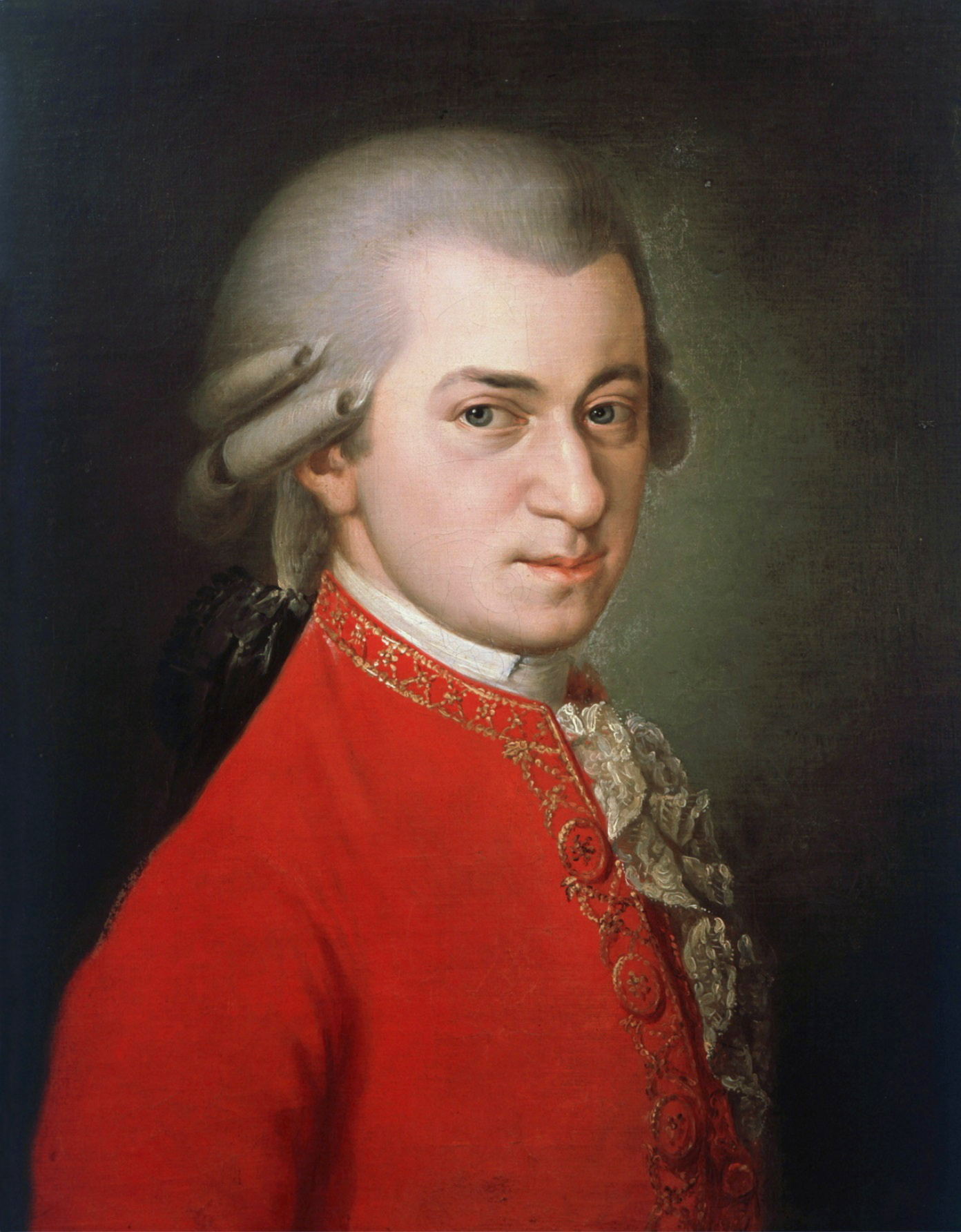
Don Giovanni
Welcome to Lyric's learning resources!
This is your all-access pass to the world of opera and musical theater. Scroll down to access the following resources to help you learn more.
Overview
Musical Highlights
Historical and Cultural Timeline
Composer and Librettist
“Madamina, il catalogo è questo”

In this aria, often known as “the catalogue aria,” Leporello is trying to convince Elvira that Giovanni is a terrible man who she should avoid. While the tone is humorous, the aria depicts the title character’s true nature as a man who uses women without any regard to their feelings or wellbeing.
Things to listen for
-
When Leporello is listing the countries of the women on his list, he slows down on one country in particular. Why do you think Mozart made this choice?
-
In the latter part of the excerpt, he lists the different titles and statuses of women, but despite their social rank, he sings about them in a similar melody and rhythm. This mirrors the fact that Giovanni sees all women the same, too. He doesn’t care about class or title, he only views them as an object he can briefly use.
“La ci darem la mano”

Sung by Giovanni and Zerlina
The bride-to-be Zerlina is the first target of Giovanni’s seduction in the opera. In this duet, Giovanni points to his palace and promise that it could be hers. Zerlina is interested despite her engagement to Masetto. She likes the idea of wealth and a higher social status.
Things to listen for
-
Zerlina responds to Giovanni by singing his melody. She is following his lead musically, but her words are hesitant.
-
At the end of this excerpt Zerlina repeats one line three times. Why do you think she emphasizes that phrase?
“Protegga…”

Sung by Anna, Elvira, Ottavio
Before entering the masked ball where they intend to reveal Giovanni as a criminal, Anna, Elvira, and Ottavio sing a prayer.
Things to listen for
-
The three characters are a team in this trio, but musically you can hear the difference in their aims:
-
Anna and Ottavio sing together and are praying for protection
-
Elvira sings alone, although similar melodically, but is praying for vengeance.
-
The prayers are different, but Da Ponte’s text sounds very similar. Listen closely. You could easily think they are all singing the same words!
“Non mi dir”

Sung by Anna
Anna, who is still affected by her father's death, asks Ottavio to cease talking about marriage until she has had time to mourn. She still loves him, but would like him to be patient.
Things to listen for
-
The orchestra almost makes this aria into a duet. While supporting Anna, the orchestra has some musical independence. Sometimes Anna sings a melody introduced by the orchestra. Other times the opposite happens. There are also moments when the orchestra plays a melody inspired by Anna, but without her singing.
-
The moments in this aria when Anna is singing the highest and quickest notes are on the words where she declares her fidelity to Ottavio.
“Lascia ch'io mangi”

Sung by Giovanni, Elvira, Leporello
Elvira is a strong woman who loves well but not wisely. In this scene, she tries one last time to persuade Giovanni to change his ways. After he mocks her, she condemns him.
Things to listen for
-
This trio features melodies and rhythms that are passed from character to character.
-
Giovanni’s mocking invitation at the start later becomes Elvira’s condemnation and Leporello’s commentary.
-
Elvira’s initial statement becomes musically repeated later through Giovanni’s praise to wine, women, and song.
-
Do you hear any other moments of musical sharing that happen in this excerpt?
-
The musical phrases in this trio almost exclusively go downward and end on a lower note than they start on. This hints at some things to come later in this scene (see below)
“Don Giovanni a cenar teco”

Sung by Commendatore, Giovanni, Leporello
In Act 2, Giovanni jokingly invites the statue of the dead Commendatore to dine with him. In the opera’s finale, the statue takes Giovanni up on the offer. The statue has very specific after-dinner plans for Giovanni… in hell.
Things to listen for
-
This is the first time in the opera that you hear trombones. In Mozart’s time, the use of trombones would often depict demons and hell in both opera and sacred music.
-
Both Giovanni and Leporello sing quickly in this scene. They are singing eighth notes, while the statue of the Commendatore is singing half notes. Why might there be such a difference between them?
Photos: Kyle Flubacker

